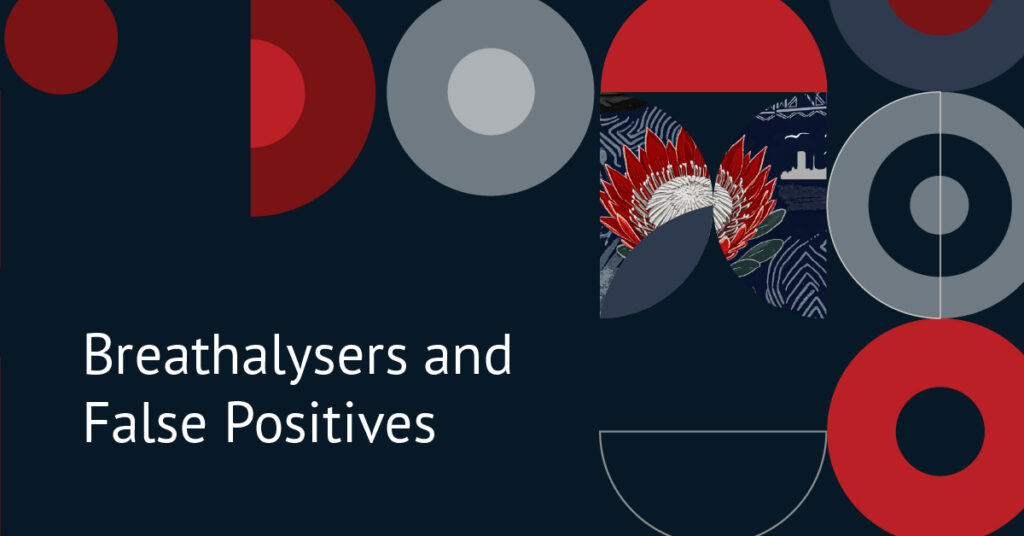It is widely accepted that employers are entitled to set their own standards of conduct and enforce measures that mitigate risk in the workplace. The operational requirements of some workplaces necessitate the adoption of a “zero-tolerance” drug and alcohol policy as a safety precaution to prevent the occurrence of potentially disastrous workplace accidents, which would be detrimental to an employer and its employees.
As illustrated by the recent case of Samancor Chrome Ltd (Western Chrome Mines) v Willemse (Samancor case), given that, in most instances, a breach of the zero-tolerance drug and alcohol policy carries a sanction of dismissal, it is important that employers have sufficient evidence to prove that there were alcohol or drugs in an employee’s bloodstream. Furthermore it should be borne in mind that if a breathalyser test and a blood test produce conflicting results, the blood test will take precedence as it is considered to be more accurate and reliable.
In the Samancor case, the employee arrived at work and was asked to take a breathalyser test on an Alcoblow Rapid machine and the result was positive. The employee challenged this result and asked to be tested again, and the breathalyser produced the same result. To determine the alcohol content in his system, the employee was then subjected to a test on another machine, the Lion Alcometer 500, where the results were positive and indicated an alcohol content of 0.013%. After that, a blood sample was drawn from the employee and was sent for laboratory testing to test for the presence of alcohol in the employee’s blood. The report from the laboratory indicated a negative result meaning that the employee’s blood sample had less than 0.010g/dl alcohol content. Notwithstanding, that the blood results were negative, the employee was dismissed for testing positive for alcohol based on the three breathalyser test results.
The employee referred an unfair dismissal dispute to the CCMA challenging the fairness of his dismissal. The commissioner found in the employee’s favour primarily on the basis that during the employee’s disciplinary hearing, the chairperson failed to consider the laboratory results as they are considered to be more accurate and reliable. This was corroborated by the employer’s expert testimony.
Displeased with the commissioner’s finding, the company launched review proceedings in the Labour Court. The Court held that it could find no fault in the commissioner’s outcome for the following reasons:
- the employee’s expert witness confirmed that blood tests are more reliable than breathalyser tests as breathalyser tests are prone to producing false positive results. This evidence was corroborated by the employee’s family medical practitioner; and
- the employer relied on the testimony of their own expert who stated that whilst the laboratory test results were negative as a blood test cannot test for alcohol content below 0.010g/dl, this did not mean that the employee did not have alcohol content in his blood, and it is also quite possible that the employee alcohol content was 0.000g/dl. On this basis, the court found that the employer, who bore the onus to prove that the employee had alcohol in his blood, could not provide evidence to that effect.
In the circumstances, the Court found the employee’s dismissal to be unfair and dismissed the employer’s review application.
Conclusion
Although breathalysers are considered to be less accurate than blood tests, they are still a valuable first line of testing that can be used to enhance safety in a workplace. As illustrated by the Samancor case, employers must be alive to the fact that breathalysers can produce false positive results and they cannot simply choose to ignore subsequent blood test results that may tell a different story to the breathalyser.

